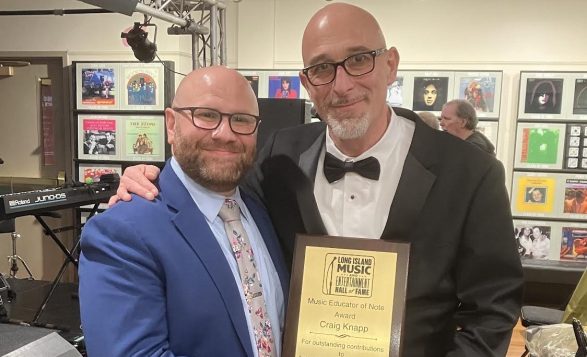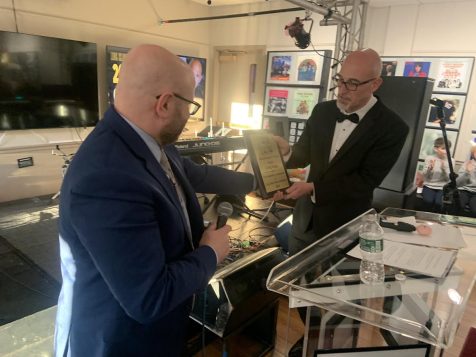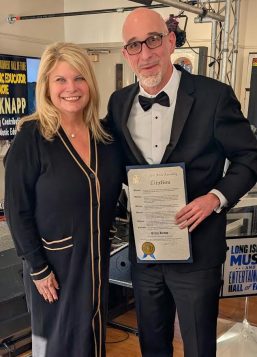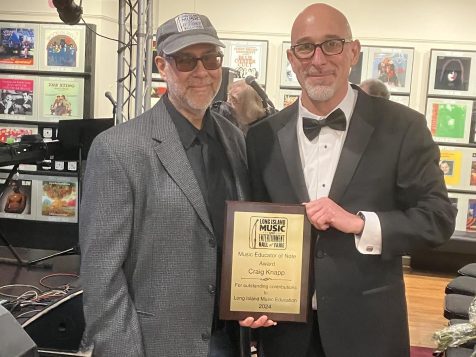Poquott speed bumps
In response to Poquott Village Board communication dated Dec. 26, 2024. I have the following comments to be shared with the community at the Feb. 6 town hall meeting and via our local newspaper.
As a 38-year resident of Poquott I have seen traffic issues take many forms from the widespread and out of control imposition of illegal ticket issuance by employees of the village to the addition of unnecessary stop signs like the one at White Pine and Van Brunt. More recently and sadly it has become known that a resident’s small dog got loose from an unfenced yard and was hit by a car at the junction of Van Brunt and Shore Road. Undoubtedly speeding is perceived as an issue and much of this stems from previous Poquott Board members’ inability adequately to manage the development of what is known this side of the village as “The Middle Kingdom.” In this respect the additional traffic on Van Brunt stemmed from inappropriately relying in large part on traffic egress of the development of new homes via what became known as White Pine. It is my understanding and belief that instead or in addition, egress roadways should have been mandated directly onto the area where Van Brunt meets Shore Road.
The whole matter has parallels I suggest with those who buy homes next to airports and then complain about aircraft noise. Be that as it may, it is what it is and our current board, I acknowledge, has to be seen to address the issue.
However, I am opposed to what has been done in the pilot programs implemented for the following reasons:
1. Why has one side of the village been greatly inconvenienced and impacted with multiple speed bumps and stop signs while the other has a perfectly reasonable digital monitoring system?
2. Traffic returning from 25A to homes on Van Brunt beyond Shore Road now have to stop a ridiculous 4 times:
1. Once at a nasty speed bump as one approaches the area in question.
2. A second time at the stop sign.
3. A third time at speed bump 2, and
4. An absurd 4th time at speed bump 3.
3. I am retired and no longer in a hurry to go anywhere but I recognize that employed residents have stuff to do and places to go and all this nonsense does is irritate and slow their normal progress down to get to where they need to go after which they are far more likely to speed up again to make up for time and energy lost in what are laughably called “calming measures.”
4. Returning to 25A from the other direction is just as bad with stops for speed bump, then stop at incorrectly placed stop sign (where visibility to traffic coming along Shore Road from the right-hand side is not properly visible) then stop again at where the stop sign should have been placed to start with so that one can see traffic coming from the right, and finally once again at the next speed bump. Who decided upon this madness?
5. Even residents who will grind to an almost complete stop to get over these speed bumps will experience wear and damage to their vehicles suspension systems. This might be good news for those in the auto repair business but no one else. Will reimbursement be possible from the village? This could be financed by getting rid of the superfluous police force and saving further dollars from local taxes.
6. Needless to say, all this overkill results in the proliferation of a nasty aspect of living in Poquott – the unpleasant number of ridiculous signs that are indiscriminately plastered all over village roads and beaches. Talk about “nanny state” — my favorite is the particularly stupid one advising dog owners that they can only go onto the beach with a dog if waiting for or exiting from your boat. Which apparatchik of state thought this one up and how was it assumed this would be policed? It’s like a feeble attempt at a Monty Python sketch.
My suggestion is for the Board to rethink the entire mess. Either get rid of speed bumps entirely and perhaps use digital warning monitors on both sides of the village or re-site a single speed bump at a properly positioned stop sign.
Peter Stubberfield
East Setauket
Letter to Superintendent Scanlon
Dear Dr. Scanlon,
I am writing concerning the science teacher who was recently removed from the classroom because of online posts concerning the immigration policies of the new administration in Washington, D,C. My son was fortunate enough to be in this teacher’s class many years ago. She is an excellent and very patient teacher.
I understand why many reasonable Americans find the current demonization of immigrants to be inappropriate, very upsetting and dangerous. While this teacher’s comments were not kind, they were not personally threatening and appear to be well within her rights of free speech. In the sermon by Bishop Mariann Edgar Budde, less than one week ago, she reminds us all that the vast majority of immigrants are not criminals. They pay taxes and are good neighbors. They are faithful members of our churches, mosques and synagogues, gurdwara, and temples. She asks for mercy and dignity for immigrants and all people in the USA and throughout the globe.
It appears that many of the responses from the Three Village community to this teacher’s post have been unkind and personally threatening. I ask you to return this excellent teacher to her classroom and ask everyone in the Three Village community to treat each other with the kindness, mercy and dignity we all deserve, and remember that while issues related to immigration policy may be complex and difficult for reasonable people to resolve, demonizing and poor treatment of immigrants is never appropriate.
Susan Ackerman
Stony Brook


































